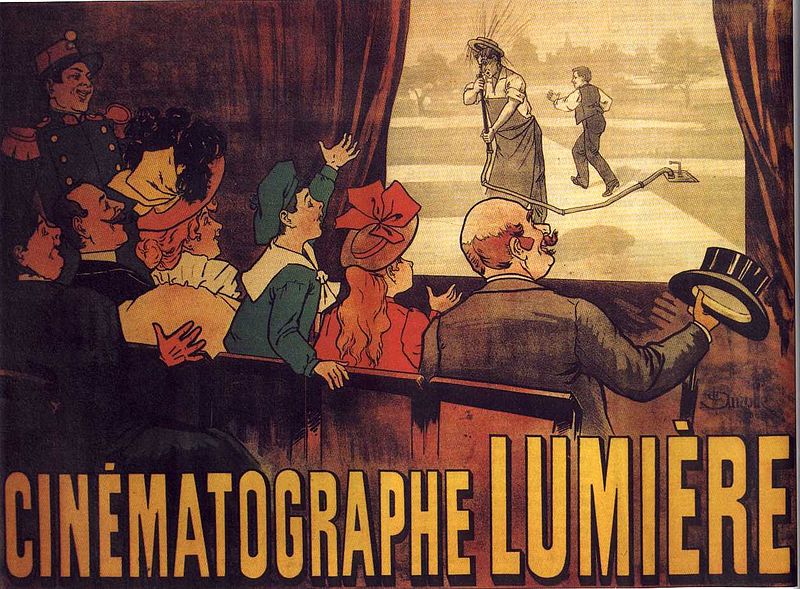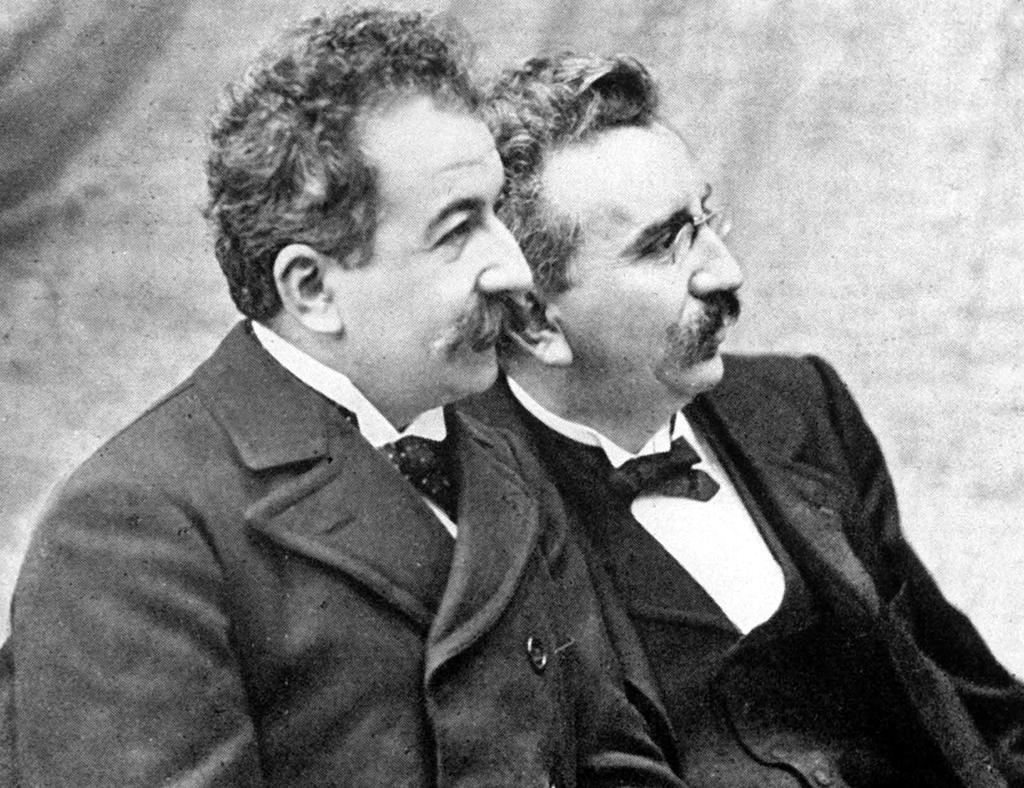Lumiere brothers were also known as French brothers were sons of Claude-Antoine Lumiere. They ran a photographic firm.
Antoine, a well known portrait painter turned photographer along with his sons Lumiere brothers known for being biggest manufacturers of photographic plates in Europe.
Inspired by an exhibition of the Kinetoscope, a primitive motion-picture projector invented in 1892 by Thomas Edison and William Dickson.
Lumiere brothers began trying to figure out how to combine film recording and projection into a single device. Main reason was Kinetoscope could only show a motion picture to one individual viewer. Antoine urged his sons Louis and Auguste Lumiere to work on a way to project film onto a screen where many people could view it at the same time.
In the meantime, Lumiere brothers began filming with Leon Bouly’s cinematographe device. Due to financial problems, Leon Bouly sold his equipment patent properties to Lumiere brothers.
In February 1895, Louis Lumiere came up with the solution, a three-in-one device that could record, develop and project motion pictures; they patented a combined camera, projector and printer which used an intermittent claw derived from the mechanism used in sewing machines to move the cloth.
The apparatus was called the Cinematographe. [The small box on top contained the unexposed film.]




